Market Growth Projections
The Global Magnetic Resonance Imaging (MRI) Systems Market Industry is projected to experience substantial growth over the coming years. The market is expected to reach a valuation of 12 USD Billion by 2035, driven by various factors including technological advancements, rising healthcare expenditure, and an increasing geriatric population. The compound annual growth rate (CAGR) is anticipated to be 4.43% from 2025 to 2035, indicating a robust demand for MRI systems. This growth trajectory suggests a favorable environment for manufacturers and healthcare providers alike, as they adapt to evolving market dynamics and consumer needs.
Growing Geriatric Population
The Global Magnetic Resonance Imaging (MRI) Systems Market Industry is also driven by the growing geriatric population, which is more susceptible to various health conditions requiring advanced imaging techniques. As the global population ages, the demand for MRI systems is likely to rise, as older adults often require more frequent diagnostic imaging. This demographic shift is expected to propel the market forward, with a projected compound annual growth rate (CAGR) of 4.43% from 2025 to 2035. Healthcare facilities are adapting to this trend by upgrading their imaging equipment to meet the needs of an aging population.
Increased Healthcare Expenditure
The Global Magnetic Resonance Imaging (MRI) Systems Market Industry is benefiting from increased healthcare expenditure across various regions. Governments and private sectors are investing more in healthcare infrastructure, which includes the acquisition of advanced imaging technologies. This trend is particularly evident in emerging economies, where healthcare reforms are leading to enhanced access to diagnostic services. As a result, the demand for MRI systems is expected to grow, contributing to a market valuation of 12 USD Billion by 2035. Enhanced funding for healthcare initiatives is likely to facilitate the adoption of MRI technology in hospitals and clinics.
Rising Awareness of Early Diagnosis
The Global Magnetic Resonance Imaging (MRI) Systems Market Industry is witnessing growth due to rising awareness of the importance of early diagnosis in improving health outcomes. Patients and healthcare providers are increasingly recognizing the value of MRI in detecting diseases at earlier stages, which can lead to more effective treatment options. This heightened awareness is driving demand for MRI systems, as healthcare facilities strive to offer comprehensive diagnostic services. With the market projected to reach 7.45 USD Billion in 2024, the emphasis on early diagnosis is likely to play a crucial role in shaping the future of MRI technology.
Rising Prevalence of Chronic Diseases
The Global Magnetic Resonance Imaging (MRI) Systems Market Industry is significantly influenced by the rising prevalence of chronic diseases such as cancer, neurological disorders, and cardiovascular diseases. As these conditions become more common, the demand for advanced diagnostic imaging solutions increases. MRI is particularly valued for its non-invasive nature and ability to provide detailed images of soft tissues. This trend is expected to contribute to the market's growth, with projections indicating a market value of 12 USD Billion by 2035. Healthcare providers are increasingly investing in MRI technology to enhance diagnostic capabilities and improve patient care.
Technological Advancements in MRI Systems
The Global Magnetic Resonance Imaging (MRI) Systems Market Industry is experiencing rapid technological advancements, which are enhancing imaging capabilities and patient outcomes. Innovations such as functional MRI and high-field MRI systems are becoming increasingly prevalent. These advancements allow for improved diagnostic accuracy and faster imaging times, which are critical in clinical settings. As of 2024, the market is valued at approximately 7.45 USD Billion, reflecting the growing demand for advanced imaging technologies. The integration of artificial intelligence in MRI systems is also anticipated to streamline workflows and reduce operational costs, further driving market growth.
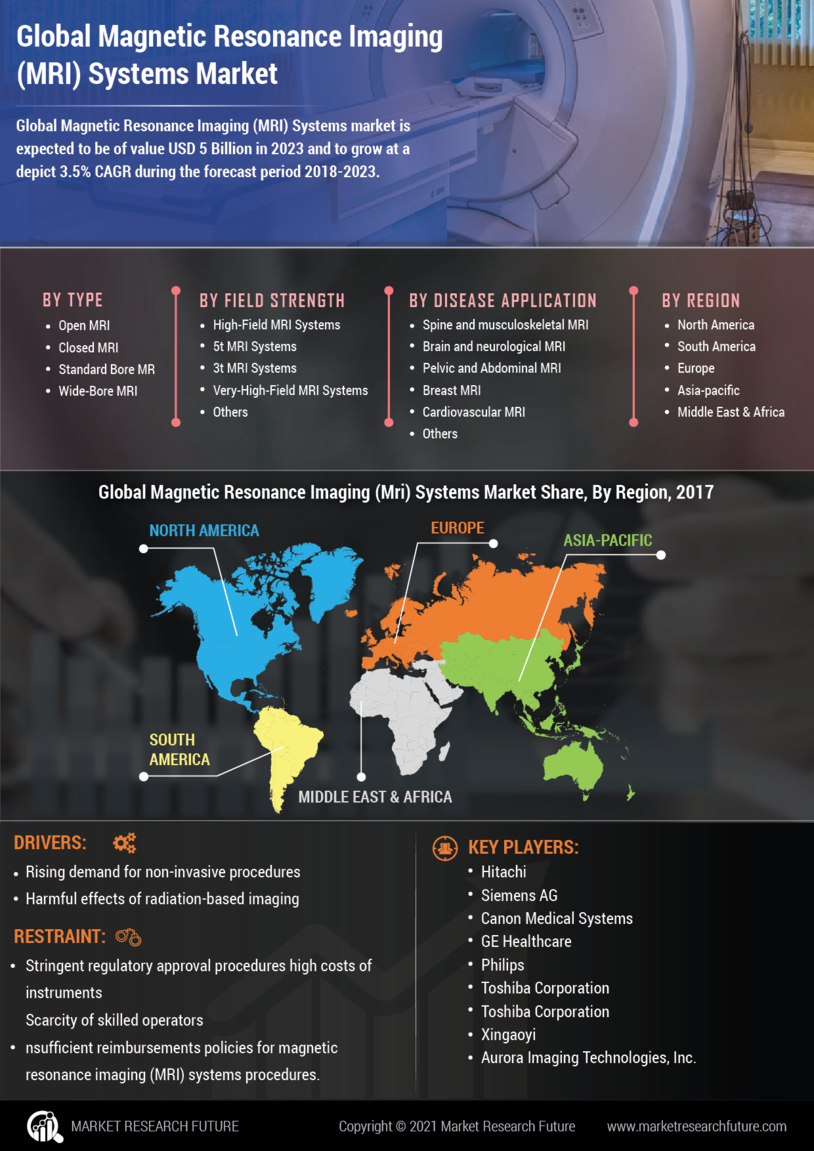

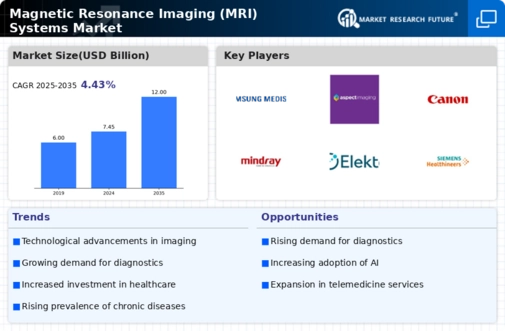
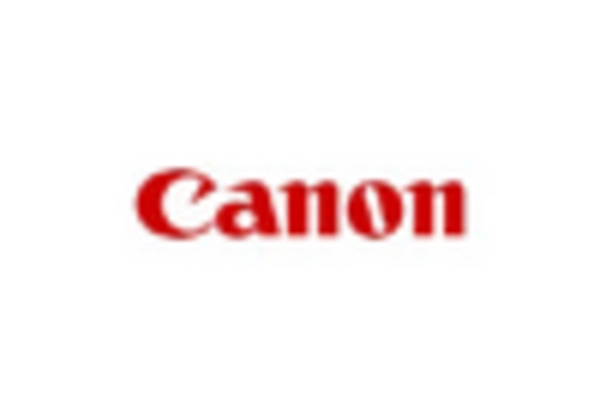
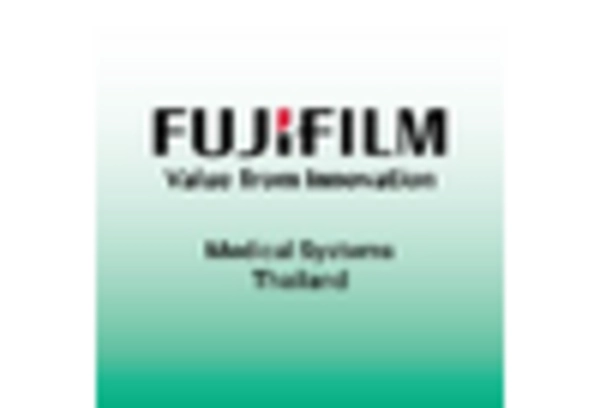
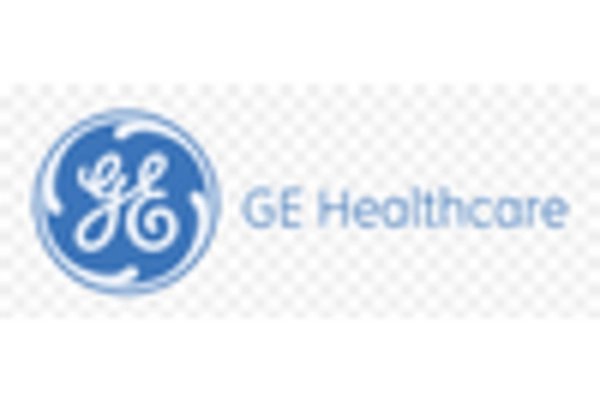

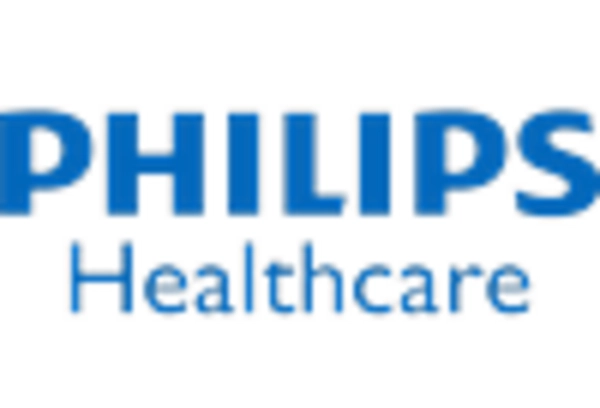
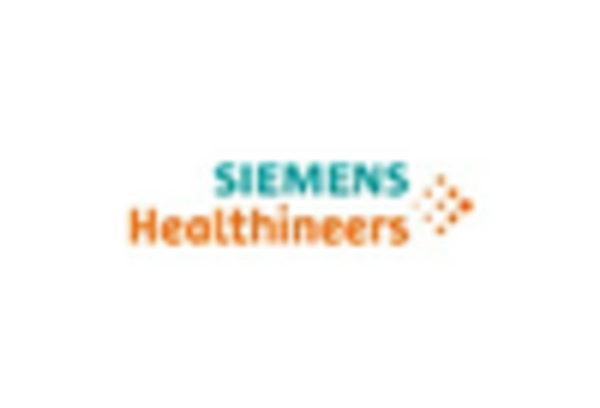








Leave a Comment